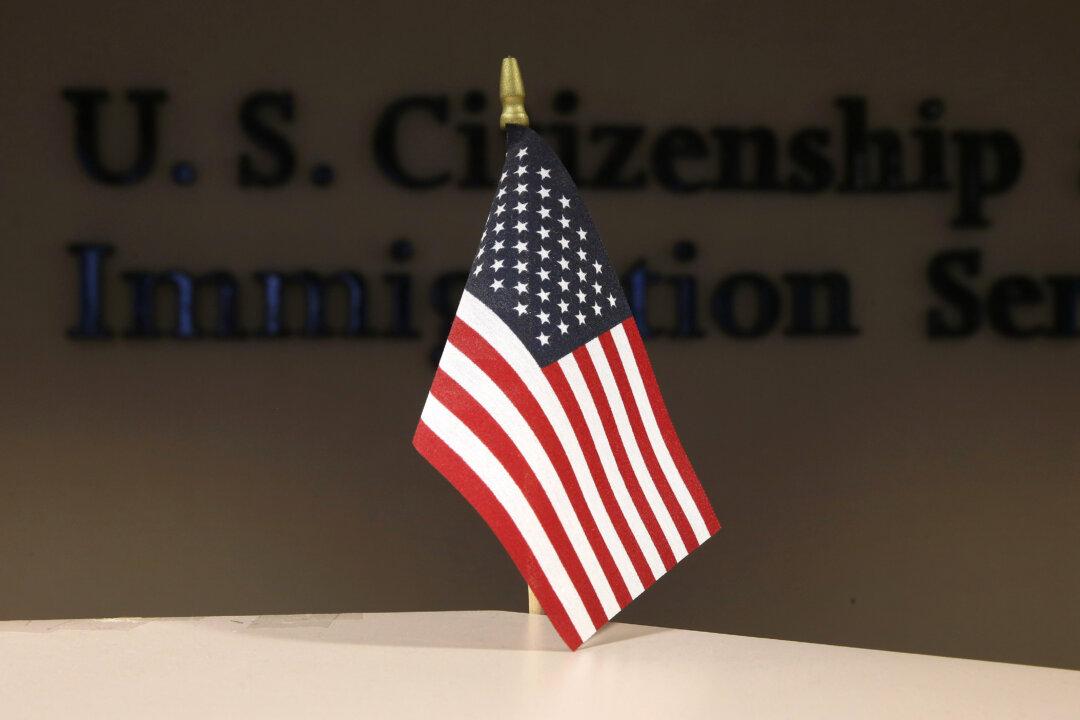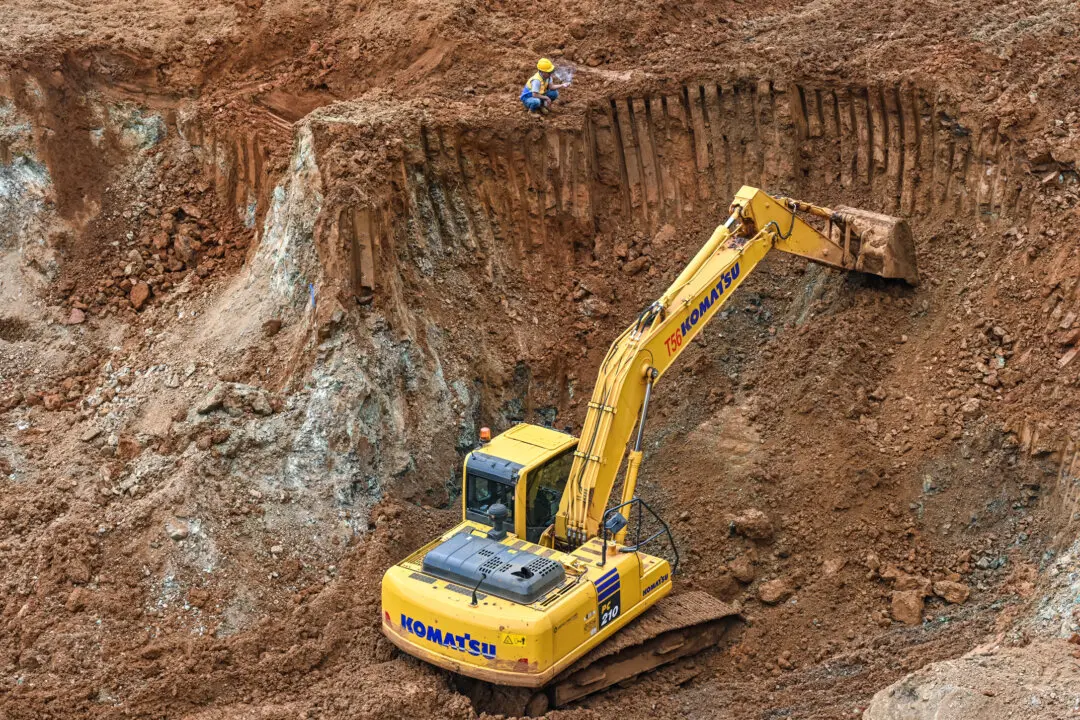High inflation and supply chain issues are some of the reasons California’s long-delayed high-speed rail system will cost up to nearly $10 billion more to complete, agency officials reported (pdf) this week.
The California High Speed Rail Authority now estimates the bullet train will cost up to nearly $128 billion, according to the report published March 1. Officials said they also expect fewer riders on the 500-mile system from San Francisco to Los Angeles/Anaheim.





